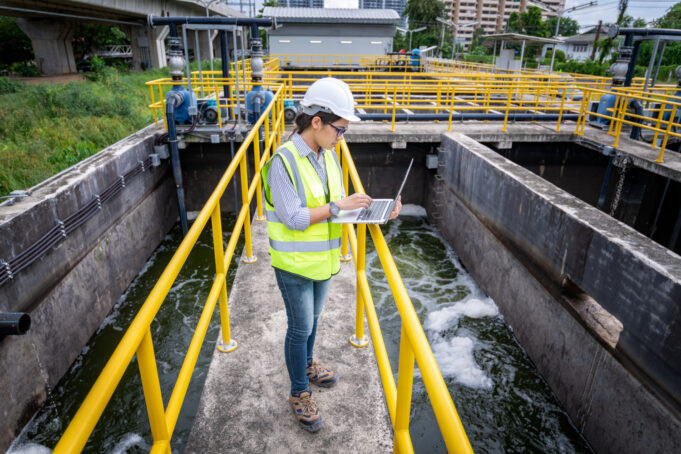Efficient phosphorus removal is crucial for wastewater treatment plants (WWTPs), ensuring compliance with environmental standards while minimizing sludge production and energy consumption. Traditional methods of phosphorus removal, primarily through chemical dosing, often rely on the empirical experience of operators. This can result in excessive chemical use, increased sludge production, and elevated carbon emissions. However, a groundbreaking new study in the Water journal, led by Xi Lu and colleagues, presents an innovative solution through the development of an intelligent chemical dosing system for phosphorus removal.
Understanding the Complexity of Phosphorus Removal
Phosphorus removal in WWTPs is inherently complex, involving various operational units like biological tanks and secondary sedimentation tanks. Chemical methods, particularly the use of metal salts such as polyaluminum chloride (PAC), are common but are influenced by factors like pH, temperature, and redox conditions. Traditionally, operators adjust chemical dosages based on experience, which can lead to inefficiencies and environmental challenges.
Adaptive Control Systems Offer an Intelligent Solution
This research presents a game-changing approach: an intelligent dosing system that automatically adjusts chemical application based on real-time data. Here’s how it works:
- Predictive Power: The system analyzes influent flow rate and historical data to predict future phosphorus levels.
- Real-Time Adjustments: Chemical dosing is fine-tuned based on continuous monitoring of effluent quality.
- Adaptive Learning: A neural network helps the system learn and optimize dosing strategies over time.
Pilot Implementation and Results
The intelligent dosing system was tested at a WWTP in southern China, demonstrating impressive results over a two-month period. Key outcomes included:
- 100% Compliance: The system achieved a 100% compliance rate for effluent total phosphorus (TP) concentration, meeting stringent discharge standards.
- Enhanced Stability: Effluent stability improved by 67%, indicating more consistent phosphorus removal performance.
- Economic and Environmental Benefits: By optimizing chemical dosages, the system reduced sludge production and energy consumption, contributing to the plant’s low-carbon initiatives.
Practical Insights and Future Implications
The integration of intelligent control systems in WWTPs represents a significant advancement in wastewater management. Here are some practical insights and implications for industry professionals:
- Real-Time Adaptability: The ability to adjust chemical dosages in real-time based on continuous monitoring data ensures more precise control and reduces reliance on operator experience.
- Economic Efficiency: Optimizing chemical use not only meets regulatory standards but also lowers operational costs by minimizing waste and energy usage.
- Environmental Impact: Reducing excessive chemical dosing and sludge production aligns with global sustainability goals, promoting environmentally friendly wastewater treatment practices.
The successful implementation of this intelligent chemical dosing system in a real-world WWTP underscores its potential for widespread adoption. As the wastewater treatment industry continues to evolve, embracing advanced technologies like adaptive control systems will be key to achieving higher efficiency, cost-effectiveness, and environmental sustainability.
SOURCE: Water





